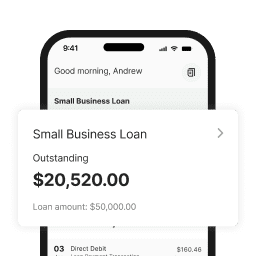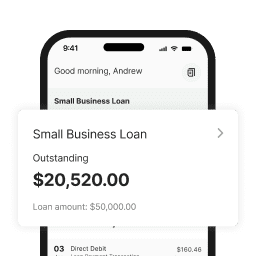End of financial year is an important time for small businesses.
Using it as an opportunity to spring-clean your affairs means you can get your business organised and ready for a successful year ahead.
Tax obligations
| Lodge annual returns for PAYG withholding, fringe benefits tax (FBT), and goods and services tax (GST). |
| Complete summary of income and expenses in your profit and loss (P&L) statement. |
| Meet all superannuation payment requirements. |
| Find out what tax deductions you can claim, including:
● Website costs. ● Motor vehicle expenses. ● Home office costs. ● Travel expenses. ● Machinery, tools, equipment and computers. |
| Make explanatory notes of substantial differences with prior operating years. |
| Itemise and apportion personal and business expenses. |
| Record all asset purchases or expenditure on improvements so you can calculate depreciation expense claims and for capital gains tax purposes, including the $20,000 instant asset write-off. |
| Review the GST codes assigned to balance-sheet items to ensure your BAS is correct. |
| Get across any tax changes starting next financial year. |
Financial check-up
| Reconcile bank accounts and loans. |
| Ensure all subsidiary ledgers reconcile with your general ledger. |
| Review your banking and finance arrangements for savings and better deals. |
| Review your cash flow forecast to manage any potential shortfalls and ensure you’re in a position to pay staff and suppliers. |
| Review your debt collection, including:
● Early contact of slow payers. ● Invoicing as soon as good or service is delivered. ● Establish procedure for dealing with bad debts. ● Review credit-checking procedure for new debtors. ● Renegotiate trading terms with bad payers. ● Ensure reconciliation system is working to pick up on discrepancies and non-payment. |
Business best practice
| Check that your business has the right insurances in place, and update your information to ensure you’re properly covered. |
| Back up customer, business and financial data in a secure system, and a secure off-site location if necessary. Consider whether you need a natural-disaster plan. |
| Audit suppliers – like insurers, telcos and software providers – to see if you can make savings or get a better deal. |
| Review marketing plan to maximise bang for your buck. |
| Conduct staff performance reviews and reset KPIs for the coming financial year. |
| Check state and federal business hubs for any grants or programs you may be eligible for in the new financial year. |
| Revisit your business plans, including:
● Check strategy is still current. ● Update goals, objectives and KPIs. ● Take stock of your competitors. ● Look at your SWOTs for the new year. |
Stocktake
| Dispose of old and slow-moving stock. |
| Write off excess stock. |
| Calculate spoilage level and review procedures for preventable losses. |
| Consider implementing a tracking and storage program for any high-value stock. |
| Review purchasing policies and procedures to avoid over-purchasing stock. |
EOFY is a great time to review your financial needs and arrangements. Talk to an expert at Prospa on 1300 882 867 or apply online for a small business loan today.








